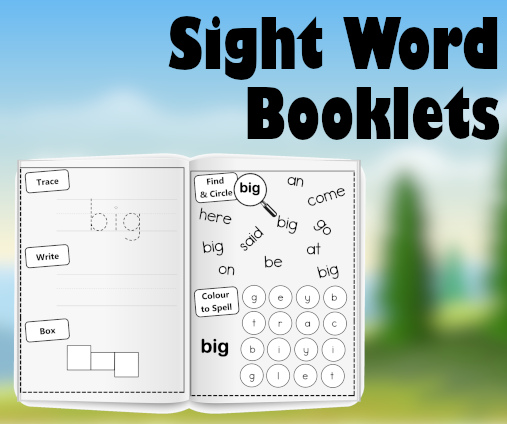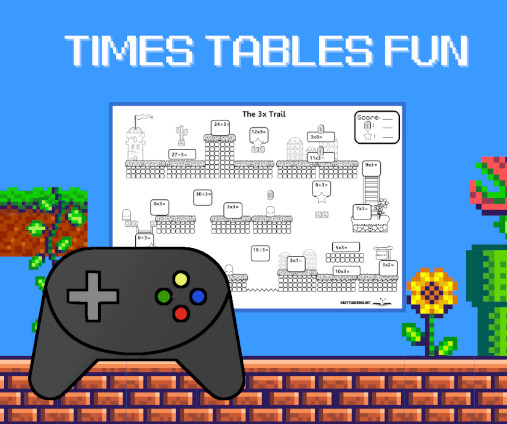

CVC Picture & Word Search: Jumbo Set
A set of 27 worksheets. Match CVC words to pictures and find them in letter jumbles.

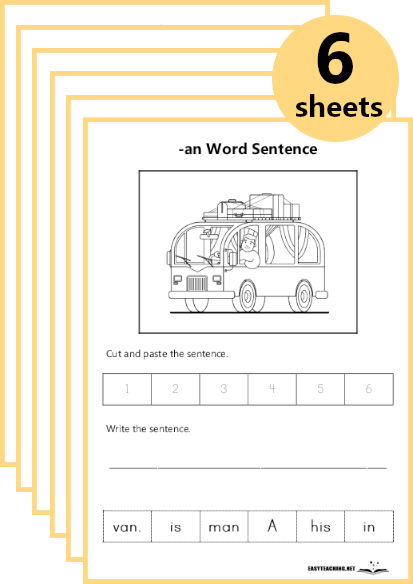
Sentence Jumbles: Short a Words
Unjumble the sentences to match the pictures. Set includes -ad, -ag, -am, -an, -ap and -at worksheets.
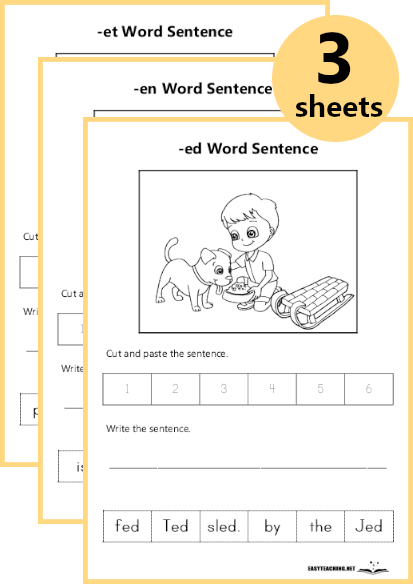
Sentence Jumbles: Short e Words
Unjumble the sentences to match the pictures. Set includes -ed, -en, and -et worksheets.

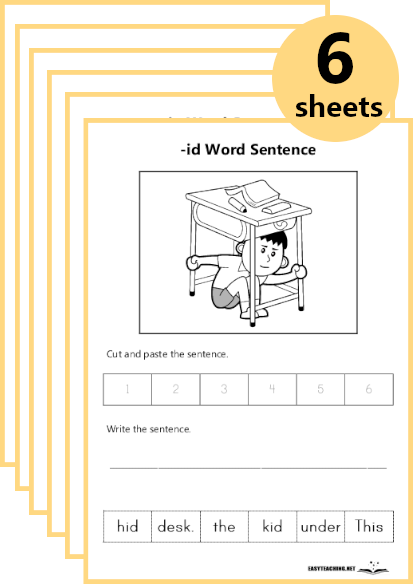
Sentence Jumbles: Short i Words
Unjumble the sentences to match the pictures. Set includes -id, -ig, -im, -in, -ip and -it worksheets.

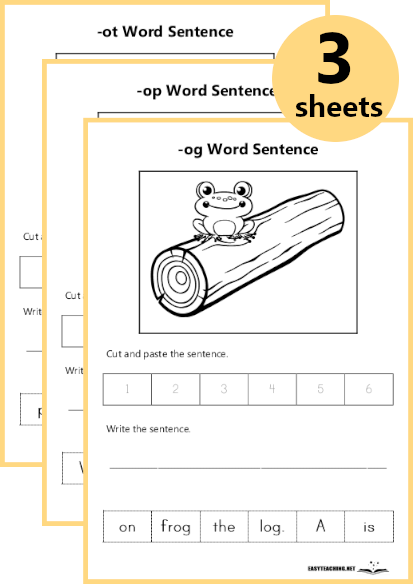
Sentence Jumbles: Short o Words
Unjumble the sentences to match the pictures. Set includes -og, -op and -ot worksheets.


Sentence Jumbles: Short u Words
Unjumble the sentences to match the pictures. Set includes -ub, -ug, -um and -un worksheets.

CVC Puzzle Tiles: ‘um ‘un’ ‘ut’
Match the tiles with the same rime pattern. Self-check with the centre pictures. Laminate for a long-lasting resource.

CVC Puzzle Tiles: ‘ub ‘ud’ ‘ug’
Match the tiles with the same rime pattern. Self-check with the centre pictures. Laminate for a long-lasting resource.
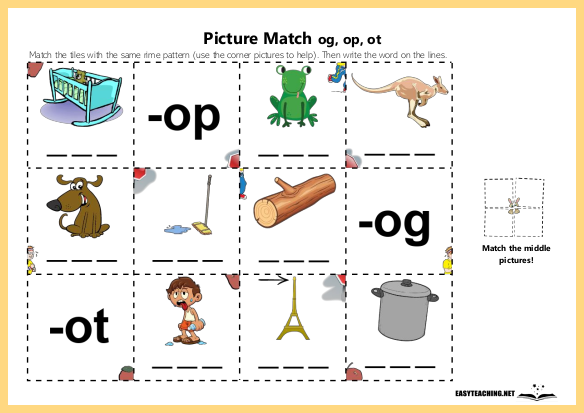
CVC Puzzle Tiles: ‘og’ ‘op’ ‘ot’
Match the tiles with the same rime pattern. Self-check with the centre pictures. Laminate for a long-lasting resource.
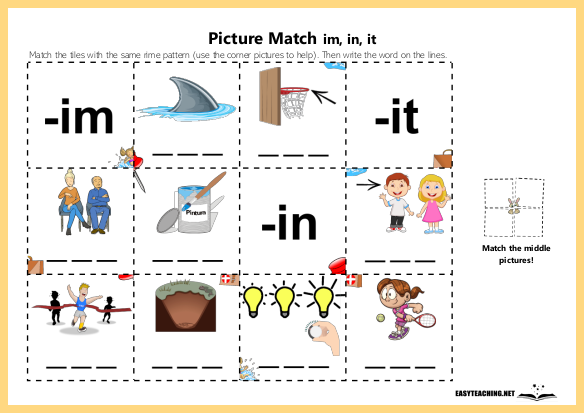
CVC Puzzle Tiles: ‘im’ ‘in’ ‘it’
Match the tiles with the same rime pattern. Self-check with the centre pictures. Laminate for a long-lasting resource.

CVC Puzzle Tiles: ‘id’ ‘ig’ ‘ip’
Match the tiles with the same rime pattern. Self-check with the centre pictures. Laminate for a long-lasting resource.
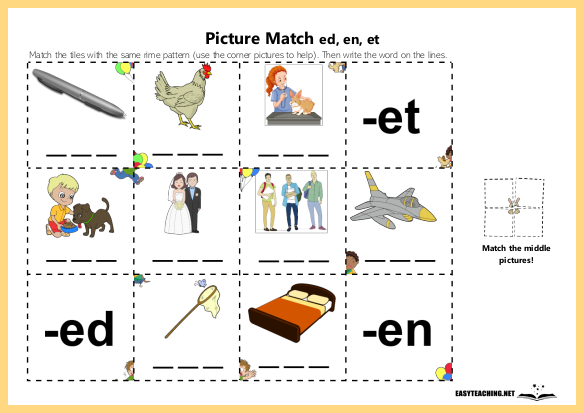
CVC Puzzle Tiles: ‘ed’ ‘en’ ‘et’
Match the tiles with the same rime pattern. Self-check with the centre pictures. Laminate for a long-lasting resource.

CVC Puzzle Tiles: ‘am’ ‘an’ ‘ap’
Match the tiles with the same rime pattern. Self-check with the centre pictures. Laminate for a long-lasting resource.
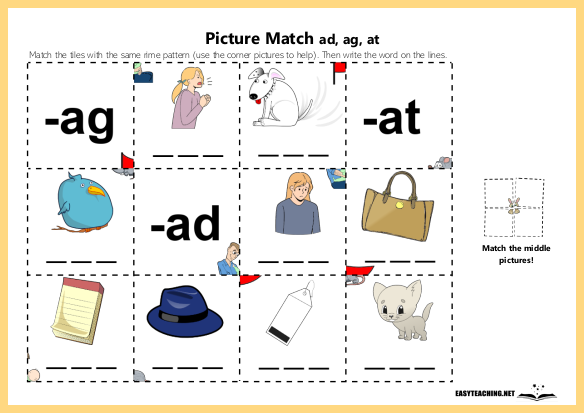
CVC Puzzle Tiles: ‘ad’ ‘ag’ ‘at’
Match the tiles with the same rime pattern. Self-check with the centre pictures. Laminate for a long-lasting resource.


Large CVC Puzzle Strips: ‘Short u’
Put jumbled CVC words back together. Laminate for a long-lasting resource.
























